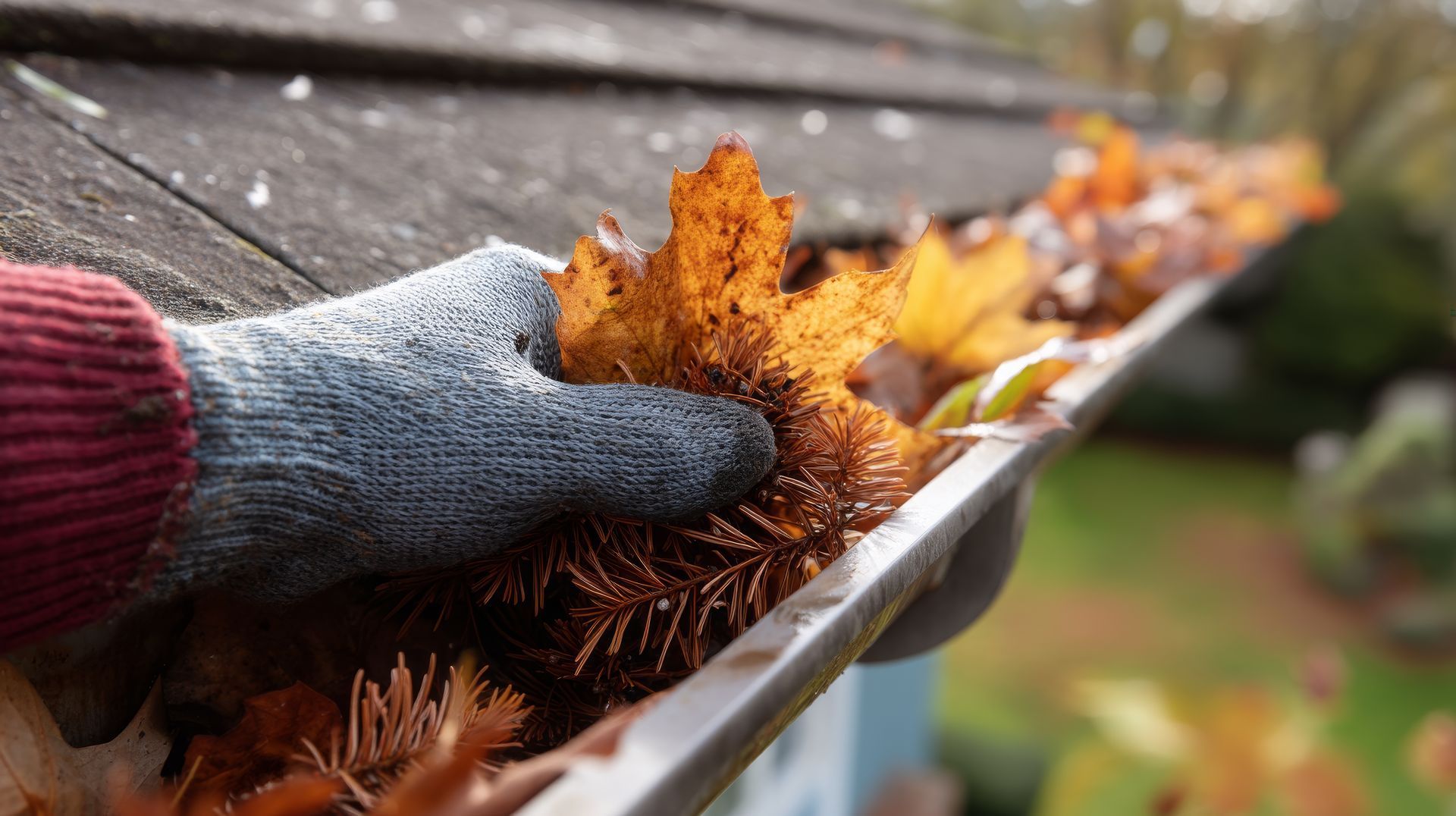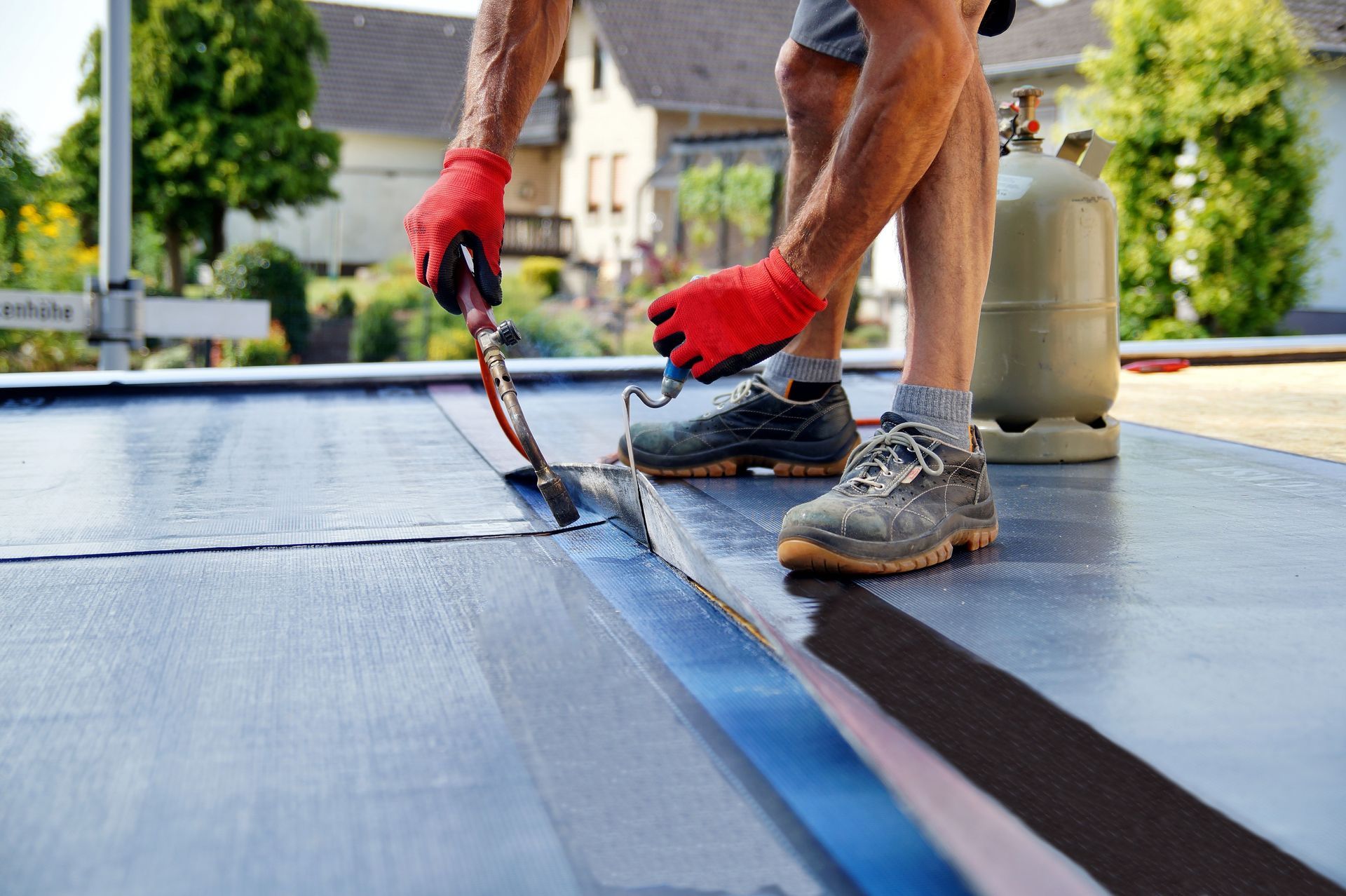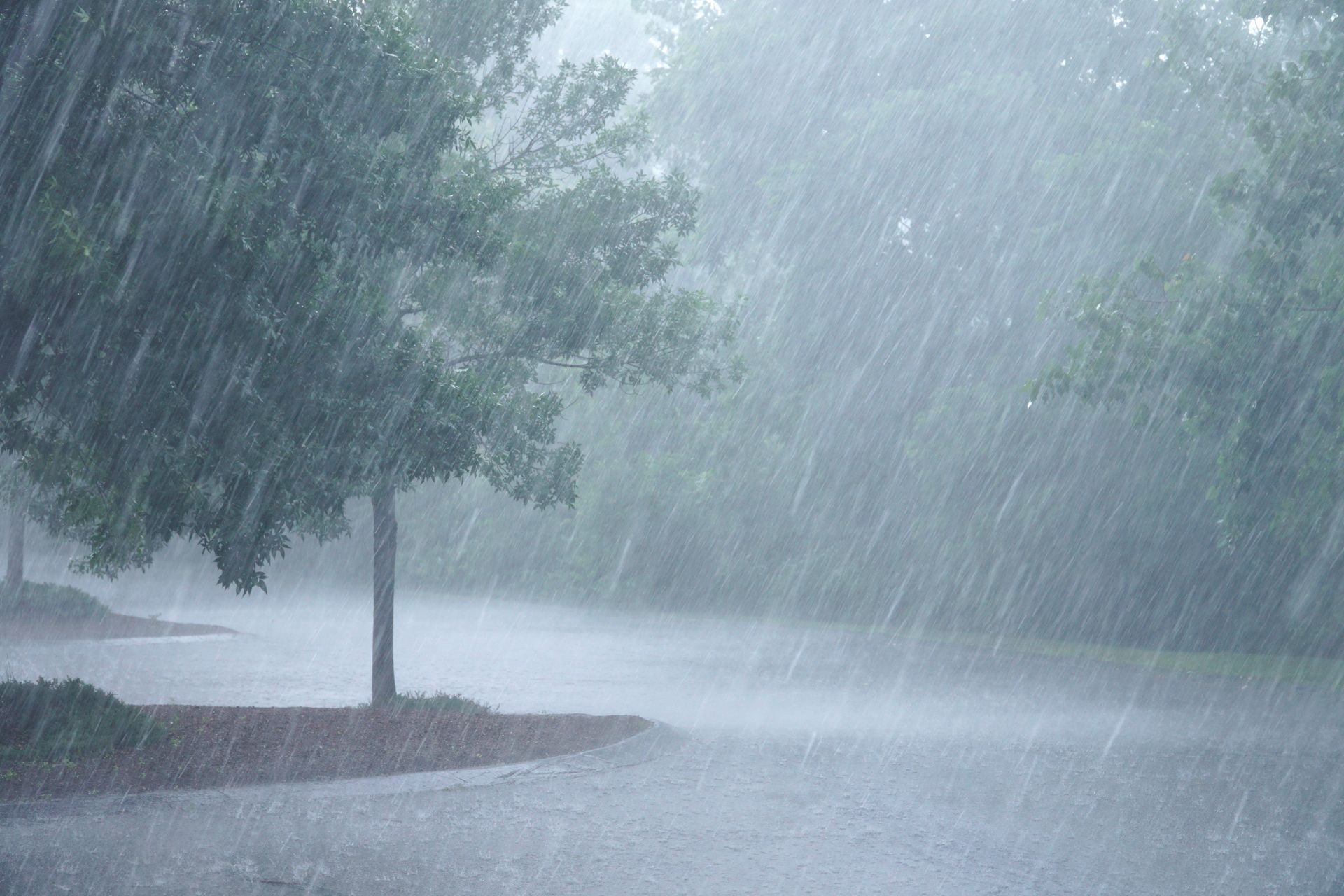How Pine Needles, Cones and Other Evergreen Debris Shortens Roof Life

Living in the Seattle area means enjoying the beauty of towering evergreens, mountain views and crisp coastal breezes. But for homeowners, those same trees and winds bring a hidden roofing challenge: constant evergreen debris.
Pine needles, cones, sap and resin drips, pollen catkins, twigs and small branches may seem insignificant on their own, but over time, all of that combined debris can cause serious issues for your roof and gutters.
Why Roof Debris is More Than Just a Mess
When people think of roof damage, they often picture severe winds or fallen tree branches. Yet slow-building problems caused by little bits of evergreen debris can be just as problematic. The Pacific Northwest’s climate, with its wet winters and gusty winds, accelerates these problems. Left unchecked, debris leads to premature shingle wear, mold growth, clogged gutters and even structural water damage.
How Debris Suffocates Your Roof
Roofs are designed to shed water and dry quickly after rain. When needle clusters and cones collect on shingles, they block natural airflow. Without airflow, moisture lingers, encouraging algae and moss to take root. These organisms gradually eat away at shingle granules, weakening your roof’s protective layer.
On homes where winds typically push debris in one direction, certain roof slopes may collect piles of needles thicker than others. These areas remain damp for days, creating an uneven aging pattern across your roof and shortening its overall lifespan.
Capillary Wicking: When Water Moves Up Instead of Down
One of the more surprising risks of pine needles is their ability to wick water. Needles, when pressed flat under rainfall, act like tiny straws. They draw water upward and sideways under shingles through a process called capillary action. Instead of flowing off the roof as intended, water may infiltrate the underlayment or decking below.
This wicking effect often goes unnoticed until leaks or soft spots appear inside the home. Unfortunately, by that point, repairs can become more costly. Regular debris clearing helps break this cycle before it damages structural layers of the roof.
Small Evergreen Debris Piles Can Lead to Big Roofing Problems
Roof valleys, where two slopes meet and are particularly vulnerable to debris buildup. Pine needles and cones naturally slide into these channels, creating what are called “valley dams.” These dams trap rainwater instead of letting it run off. During heavy Seattle downpours, water can back up under shingles and spill into the attic.
Because valleys handle the highest water volume of any roof section, even a small blockage can cause serious damage quickly. Keeping valleys free of debris is one of the most important steps in protecting your roof from leaks.
How Often to Clean Roof Debris for Homes in the Puget Sound Area
Homeowners often ask, “How often should I clear pine needles from my roof?” The answer depends on your property’s tree coverage and wind exposure:
- Quarterly cleaning is ideal for homes directly under tall evergreens.
- Semiannual cleaning works for homes near, but not directly beneath, pine trees.
- Annual cleaning may suffice for properties with minimal tree coverage.
It’s best to align roof cleaning with gutter maintenance, since both systems are affected by the same debris. Never use pressure washers or harsh tools; they can damage shingles. Instead, use a roof rake, leaf blower (on a low setting) or, better yet, hire professionals who have experience cleaning roofs and are equipped with the appropriate safety gear.
Some Form of Gutter Guards Is a Smart Line of Defense
Your roof is only part of the equation. Gutters clogged with pine needles are a leading cause of overflow and water intrusion around foundations. Installing gutter guards designed to prevent fine debris from entering the gutter offers lasting protection.
- Mesh guards are best for fine pine needles that slip through larger openings.
- Custom-fit guards ensure proper performance in valleys and corners, where standard gutter guards often fail.
- Professional installation prevents gaps that can let needles bypass the guard altogether.
Gutter guards don’t eliminate the need for cleaning, but they significantly reduce how often it’s required, making maintenance safer and more manageable.
Extending Roof Life in a Windy, Evergreen Environment
Seattle’s iconic evergreens will always shed debris, and the region’s winds will always push it onto homes. The key isn’t preventing the inevitable but managing it proactively. A clean roof lasts longer, resists leaks better, and retains its warranty coverage. Debris management, combined with professional inspections, ensures your roof is performing the way it was designed to.
If you’ve noticed heavy deposits of pine needles or if water seems to linger in your roof valleys, don’t wait until problems appear inside your home. Regular attention to debris removal is a simple but powerful way to safeguard one of your biggest investments.
Talk to Our Team About Roof Debris Solutions in the Greater Puget Sound Area
At Chet’s Roofing & Construction, we’ve helped Seattle homeowners tackle the challenges of pine needles, cones and other evergreen debris for decades. From safe roof cleaning schedules to gutter guard installation and full inspections, we know how to protect roofs against the unique hazards of the Pacific Northwest.
Don’t let evergreen debris silently shorten the life of your roof. Call Chet’s Roofing today at (877) 611-1514 to schedule an inspection or cleaning plan tailored to your home.



